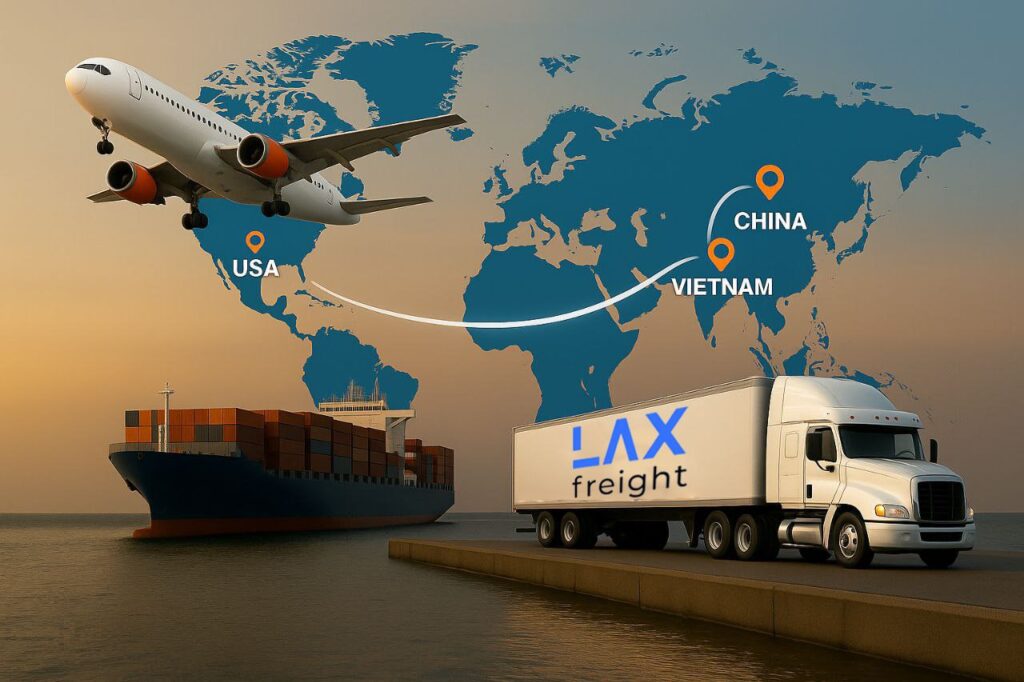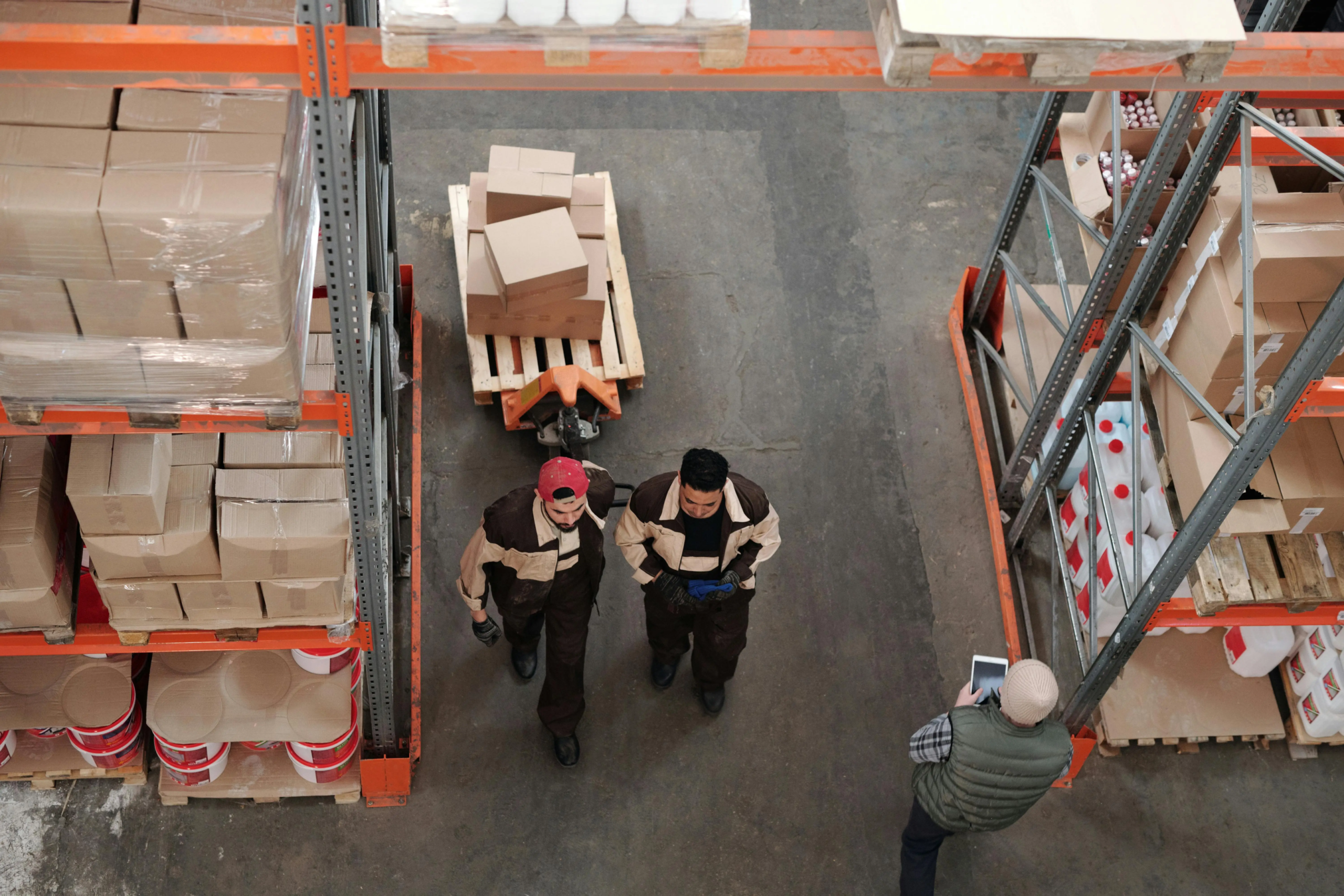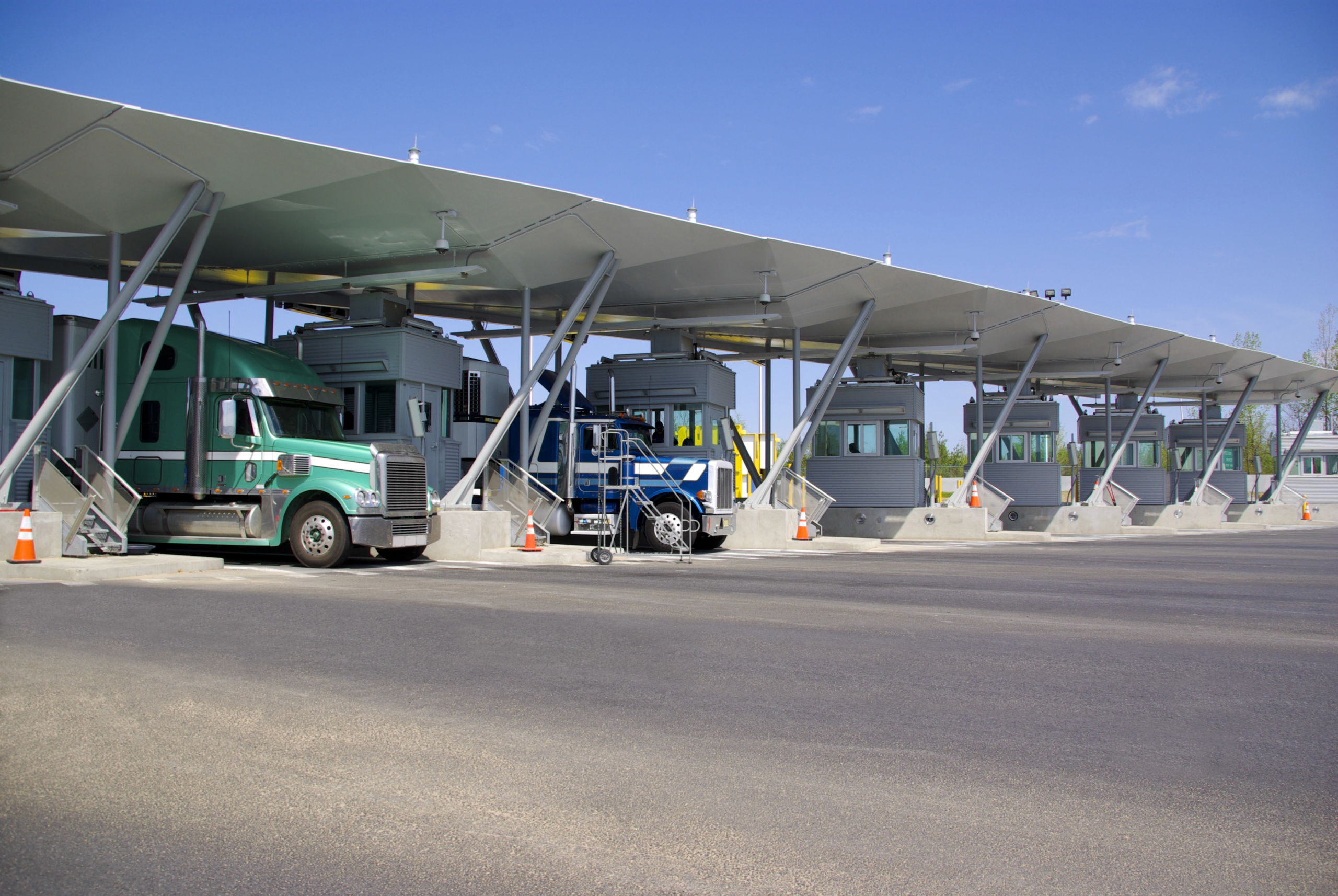Global manufacturing is on the move and logistics networks are scrambling to catch up.
With renewed tariffs, shifting alliances, and trade friction between the U.S. and China, production across Southeast Asia is accelerating at record pace.
The share of U.S. imports coming directly from China dropped to 9 percent in the first seven months of 2025 – down from 13 percent in 2024. To offset this decline, Chinese manufacturers have increasingly routed exports through or relocated production to ASEAN partners such as Vietnam, Thailand, and Malaysia.
This shift may strengthen supply-chain resilience for manufacturers, but it has been hard on logistics networks. The once-linear China – U.S. corridor has turned into a maze of new trade routes – creating a storm of trade-compliance uncertainty, multi-node routing, and margin pressure.

Compliance and Origin Documentation Challenges for Freight Forwarders
Even when goods ship from Vietnam or Thailand, many still rely on Chinese components. That detail matters.
As Reuters (August 7, 2025) reports, Washington’s latest executive order allows tariffs of up to 40 percent on goods deemed to be “illegally rerouted” to hide their true origin. Yet no clear definition of transshipment exists, leaving companies guessing what qualifies as a violation.
Under existing customs rules, a product must undergo a “substantial transformation” to claim a new origin, but interpretation varies. This gray area has become a headache for forwarders and exporters alike.
Meanwhile, UPS Supply Chain Solutions’ Q3 2025 Freight Trends Report highlights how enforcement is tightening. U.S. Customs and Border Protection (CBP) is deploying AI-driven analytics to trace sourcing and detect transshipment risks. The agency seized over 32 million counterfeit goods in FY 2024 and now uses predictive systems like the Advanced Trade Analytics Platform to flag irregular shipments automatically.
For freight forwarders, it means:
- More time spent verifying supplier declarations and bills of materials.
- Higher administrative costs.
- Greater risk of clearance delays or reclassification mid-route.
.
Multi-Node Routing and Warehouse Shortages Across Asia
The traditional China → U.S. direct lane has fractured into complex, multi-stop routes such as China → Vietnam → U.S. or India → Middle East → U.S. Every added handoff brings more documentation, coordination, and timing risk (esp. for heavy-haul and oversized freight that requires specialized carriers and precise scheduling).
According to the CBRE Asia-Pacific Logistics Occupier Survey 2025, three out of four occupiers (76%) plan to expand their logistics footprint within five years. Yet in emerging hubs like Vietnam and India, demand for modern warehousing outpaces supply by nearly 30 percent. The shortage of large, power-equipped, and temperature-controlled spaces has created intense competition for available capacity.
At the same time, the UPS Q3 2025 Ocean Freight Report shows ongoing congestion across global ports. North European terminals – including Rotterdam, Hamburg, and Antwerp – operate above 90 percent yard utilization, while Asia’s inland transport corridors remain overloaded.
For forwarders, that translates to:
- More container freight stations (CFS) and extended dwell times.
- Heavy dependence on bonded warehouses for consolidation.
- Greater pressure on cross-border OTR freight between Mexico, Canada, and the U.S.
To maintain reliability, forwarders must balance capacity, compliance, and timing like never before. LAX Freight’s integrated ground network, spanning all 48 states and both borders, gives customers flexibility others can’t match.
Air vs. Ocean Freight: The New Balancing Act
The freight market’s volatility has erased any sense of “normal.” According to UPS Air Freight Industry Update (2025), global air cargo demand rose 3 percent year-over-year, while available capacity grew 3.8 percent – the first time in over a year that supply overtook demand. Rates have flattened, but unpredictability remains high.
Asia-Pacific leads global growth at +8.3 percent YTD, yet tariff fluctuations continue to send ripples through both modes. Shippers pivot between air and ocean every few weeks to dodge cost spikes or meet delivery deadlines.
On the Shanghai → Los Angeles route, Drewry Container Forecaster (2025) reported spot ocean rates doubling – from around $2,700 to $6,000 per FEU between May and June 2025 – before retreating again.
This results in schedule chaos, rate volatility, and frequent last-minute rerouting. Forwarders relying on static carrier contracts often absorb the cost.
Freight Forwarders Face Shrinking Margins and Higher Expectations
Freight volumes remain steady, but profits are being squeezed. UPS data shows global industrial production stuck around 2 percent growth, with retail sales forecasts trimmed to 1.4 percent.
Meanwhile, Transport Intelligence (2025) expects the global freight-forwarding market to contract by1.1 percent this year. Costs from fuel and labor to compliance and port fees continue to rise, while customers demand faster, cheaper, and more transparent service.
According to Global Connectedness Tracker (2025), world trade will still grow 2.5 percent annually through 2029, though that’s below earlier forecasts of 3.1 percent. North America faces the sharpest slowdown, with projected trade growth cut nearly in half (2.7% → 1.5%).
For forwarders, this means managing complex freight flows with thinner margins. The only sustainable path forward lies in efficiency, automation, and network strength.
LAX Freight leverages data-driven operations to deliver on-time performance and full shipment visibility – meeting rising expectations without compromising profitability.
Infrastructure Lag and Port Congestion Across Asia
Even as production surges across Southeast Asia, logistics infrastructure hasn’t kept up.
The CBRE 2025 Survey highlights record-high demand for high-spec facilities, especially those with large floor plates and modern loading infrastructure. But new port and terminal developments – at ports such as Cai Mep (Vietnam) and Laem Chabang (Thailand) – lag far behind trade growth.
According to the UPS Ocean Freight Report, many major ports are operating beyond their designed throughput. Inland drayage networks are still fragmented, while newly built air terminals face staffing and customs bottlenecks.
It means longer transit times, schedule volatility, and higher demurrage costs.
The forwarders that succeed are those that plan ahead – forecasting congestion and rerouting before issues arise.
How LAX Freight Keeps Supply Chains Moving
At LAX Freight, we help shippers bridge the gap between volatile origin markets and stable U.S. delivery networks. From tariff-driven rerouting to transshipment compliance, our operations are built for the realities of China Plus One logistics.
U.S. – Asia Expertise. Nationwide Coverage. Real-Time Compliance.
- Nationwide OTR and Cross-Border Network – Freight coverage across 48 U.S. states plus capacity for Mexico and Canada ensures goods keep moving despite international disruptions.
- Bonded Warehouse Access – Consolidation and storage capacity in major U.S. port cities for transitional or delayed cargo.
- Rapid Mode Switching – With trusted vendors at major North American ports and airports, our team can secure capacity across the U.S., Canada, and Mexico – even on last-minute requests.
- Technology-Led Compliance – Our digital tracking and documentation systems ensure every load meets customs and border requirements across the U.S., Canada, and Mexico.
Need to Stabilize Your Supply Chain?
Connect with LAX Freight, your North American logistics partner for last mile, drayage, and OTR freight.
From transshipment compliance to bonded warehousing, our experts ensure your freight keeps moving safely, compliantly, and on schedule.
CONTACT US to design your China-Plus-One logistics strategy.


